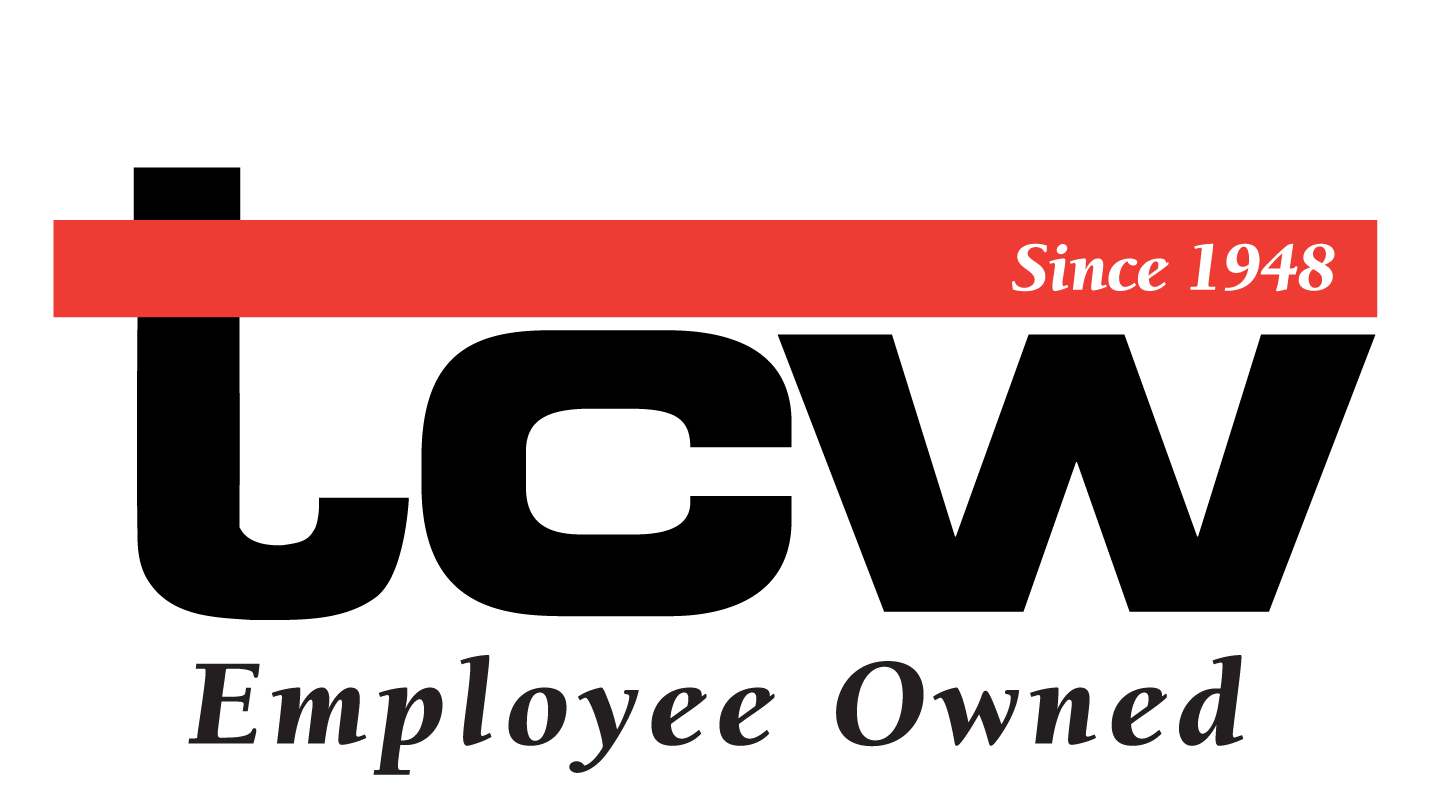Title search: ✖
|
Show All (7)
Impact of Tariffs (3) Manage Warehouse & Container Congestion (3) News (1) Port Strike Strategies (2) Technology in Logistics (1) |
How Freight Managers Can Avoid Costly Tariff-Related Shipping Delays
Strategies to Prevent Missed Container Delivery Deadlines and Unnecessary FeesWhen international trade policies shift, freight managers often face a familiar challenge: move imported inventory quickly or absorb significant tariff increases. In the case of a sudden rate hike, this can result in millions of dollars in unplanned costs — all dependent on whether containers arrive on time.
In the Southeastern U.S., where ports and rail ramps are vital arteries for inbound freight, this pressure is especially intense. Even with solid planning, unexpected transportation delays can create substantial financial and operational risk. Why Tariff-Related Shipping Delays Are So CommonEven when containers are in transit well before a deadline, delays often occur in the final mile — preventing timely pickup and delivery. These last-minute issues are often beyond the shipper’s control. Common causes of shipping delays before tariff deadlines include:
The result is often the same: missed delivery windows, unexpected tariff costs, and costly demurrage fees. How Freight Managers Can Minimize Risk Before Tariff DeadlinesTo reduce exposure to tariff-related shipping delays, freight leaders must build resilient and responsive logistics strategies. Success comes down to proactive planning, flexible execution, and real-time visibility. 1. Build Flexibility Into Your Drayage NetworkLogistics strategies built purely on cost efficiency often lack the responsiveness required for time-sensitive freight. To reduce risk, consider:
2. Align Logistics Schedules With Tariff and Trade TimelinesAnticipate regulatory changes and factor them into your freight planning calendar. Treat upcoming tariff increases the same way you would treat peak season:
3. Leverage Real-Time Freight Visibility ToolsWhen operating under a strict deadline, visibility becomes a competitive advantage. Ensure your providers offer:
This helps your team prioritize high-risk shipments and respond before delays escalate. 4. Establish Clear Escalation and Contingency ProceduresDon’t wait for delays to react. Have a documented plan that includes:
Knowing who to call — and how fast they can act — can prevent financial losses when things go off schedule. Case Study: How TCW Helped a Manufacturer Avoid $4.9M in Tariff CostsA major U.S.-based automotive manufacturer was racing to bring in a surge of containerized parts before a significant tariff increase. While their procurement team planned ahead, delays in international transit meant dozens of containers arrived at Southeastern rail ramps just days before the tariff deadline. The Financial Exposure:
The TCW Response:The manufacturer engaged TCW, a regional transportation provider with asset-based capacity and operations centers throughout the Southeast. TCW:
The Results:
This case highlights the value of working with a logistics partner that can scale operations quickly and execute under pressure. Final Thoughts: Avoiding Tariff-Related Freight DisruptionsTariff-related shipping delays are more than an operational inconvenience — they’re a financial risk. For freight managers in the Southeastern United States, where port congestion and limited capacity are common, staying ahead of regulatory deadlines is essential.
By aligning your freight planning strategy with trade timelines, investing in real-time visibility, and building relationships with responsive, well-equipped transportation partners, you can protect your supply chain and avoid costly penalties.
For more insights on container delivery, drayage strategies, and regulatory freight planning, contact one of our solution specialists today.
© 2025 TCW, Inc. All rights reserved.
|






